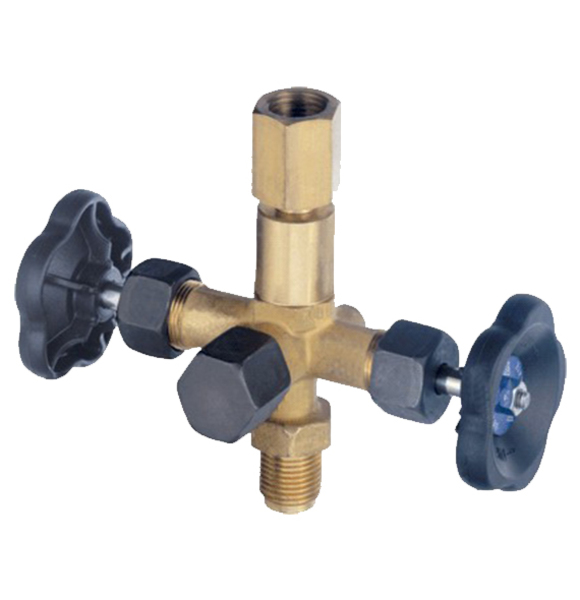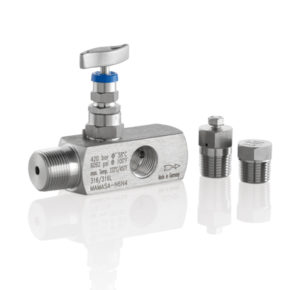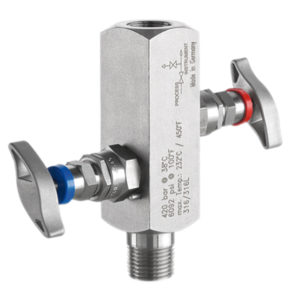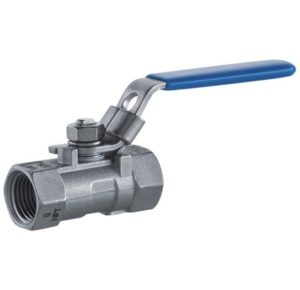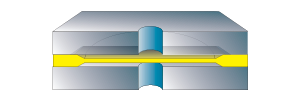

Gauge Valves DIN 16270, 16271 and 16272
Gauge Valves DIN 16270, 16271 and 16272
The Gauge Valve DIN 16272 Type A isolates the instrument from the process and bleeds the assembly allowing for maintenance and integration.
Features & Properties
Use & Application
Downloads
Features & Properties
Use & Application
The Gauge Valve DIN 16272 Type A are ideal where process protection is essential:
Process Market:
- Oil and Gas
- Refineries
- Chemical and Petrochemical
- Water and Wastewater
Process Applications:
- Biogas and Biodiesel
Downloads
Data Sheets
The gauge manifolds series DIN 1627x are designed to mount directly to the instrument and allow for the bleeding of media as well as testing, cleaning, or removal.
Key Features
Support mounting brackets available
Stem with cold rolled surface, back seat and non-rotating needle tip
Material certificates to EN 10204:2004 3.1
Forged valve body
Markets & Applications
Water and Wastewater
HVAC-R
Chemical and Petrochemical
Energy
Machine Automation
Pulp and Paper
- Specifications
- Downloads
Maximum Temperature Rating
According to standard: 120°C, PTFE: 232°C, Graphite: 300°C
Instrument Connection Style
Threaded
Pressure Rating
PN400
PN250
Process Connection Size
½ NPT
G ½
M20x1.5
Wetted Parts Material
Brass
Steel
Stainless steel 316Ti (1.4571)
Process Connection Style
Threaded
Data Sheets
- Category: Valves
We’re glad to be there for you personally.
Siamo personalmente a vostra disposizione!
Nous sommes personnellement là pour vous.
Şahsen yanınızda olmaktan mutluluk duyuyoruz.
We zijn blij dat we er persoonlijk voor u kunnen zijn.
Wir sind persönlich für Sie da!
Siamo personalmente a vostra disposizione!
Nous sommes personnellement là pour vous!
Select your Region!

